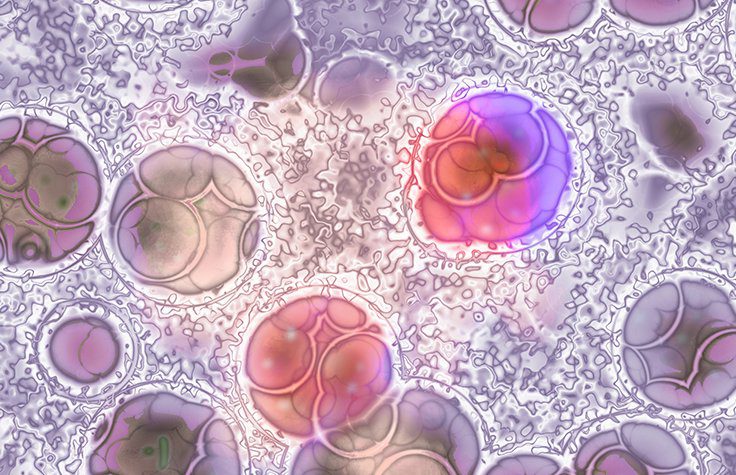TL;DR:
- Researchers unveil TINC, a machine learning tool for precise WGS analysis in haematological cancers.
- WGS identifies genetic changes driving cancer by comparing tumor DNA to healthy tissue DNA.
- Contamination of ‘normal’ samples can compromise accuracy; TINC estimates tumor cell presence.
- TINC integration into Genomics England’s pipelines enhances WGS accuracy for haematological cancers.
- Validation using 100,000 Genomes Project data and minimal residual disease testing.
- Expert insights highlight the potential of sequencing technologies and computational tools.
Main AI News:
In a groundbreaking development, researchers have unveiled a novel machine learning tool aimed at enhancing the precision of whole genome sequencing (WGS) analysis for patients grappling with haematological cancers—a category of diseases affecting the blood, bone marrow, or lymph nodes. This innovative tool, known as TINC, represents a collaborative effort between Genomics England, the University of Trieste, and the Great Ormond Street Hospital for Children NHS Foundation Trust.
The utility of WGS in cancer diagnosis lies in its capacity to pinpoint genetic alterations responsible for driving cancer progression. This is achieved by comparing DNA extracted from a patient’s tumor with that from their healthy or ‘normal’ tissue. However, this methodology necessitates the collection of two distinct samples—one from the tumor and another from the ‘normal’ blood.
One of the inherent challenges in WGS analysis for cancer patients lies in the potential contamination of ‘normal’ samples by tumorous cells. This contamination can significantly compromise the accuracy of the results derived from bioinformatics pipelines designed for WGS data analysis. The issue is particularly pertinent in the context of blood cancers, given the natural dispersion of tumor cells within the bloodstream.
To tackle this obstacle, the research team devised TINC, a sophisticated tool rooted in machine learning principles. Leveraging an existing model for comprehending tumor evolution, TINC calculates an easily interpretable score indicating the percentage of tumor cells present in the ‘normal’ sample. If a substantial level of contamination is identified, TINC triggers an alternative analytical workflow. This pivotal breakthrough ensures that clinical scientists utilizing WGS for the diagnosis and treatment of cancer patients receive precise and dependable data.
Genomics England, a prominent supporter of the NHS in delivering whole genome sequencing services for various cancer types through the NHS Genomic Medicine Service, has swiftly incorporated the TINC tool into its clinically accredited bioinformatics pipelines. This integration is specifically designed to bolster the accuracy of WGS analysis for patients grappling with haematological cancers.
Validation of the TINC tool involved extensive assessment using participant data from the 100,000 Genomes Project. It was also benchmarked against standard technologies used for minimal residual disease testing in blood cancers. This testing method evaluates the quantity of cancer cells that persist in a patient’s blood post-treatment.
In the words of Dr. Alona Sosinsky, Scientific Director for Cancer at Genomics England, “Implementing the TINC algorithm into Genomics England’s pipeline for analysis of WGS data allowed us to improve the accuracy of WGS analysis for patients with haematological cancers. This work shows how using data from large-scale sequencing projects, such as the 100,000 Genomes Project, and basic science we can produce accurate data that can support clinical decisions for patient care.”
Professor Giulio Caravagna, Head of the Cancer Data Science Laboratory at the University of Trieste, further emphasized the transformative potential of innovative sequencing technologies in unraveling the complexities of diseases like cancer. He noted, “The large-scale adoption of innovative sequencing technologies can revolutionize our understanding of a disease like cancer. With this new opportunity, however, analyses can become more challenging and need innovative computational tools. TINC is an example of a successful collaboration between a large sequencing initiative and our machine learning group to develop a better technology to make sense of complex genomic data.”
Conclusion:
The introduction of the TINC tool represents a significant advancement in cancer genomics. Its ability to address contamination issues in WGS analysis for haematological cancers enhances the accuracy of clinical decision-making. This innovation underscores the transformative potential of sequencing technologies, emphasizing the market’s growing need for sophisticated computational tools in the field of genomics.

